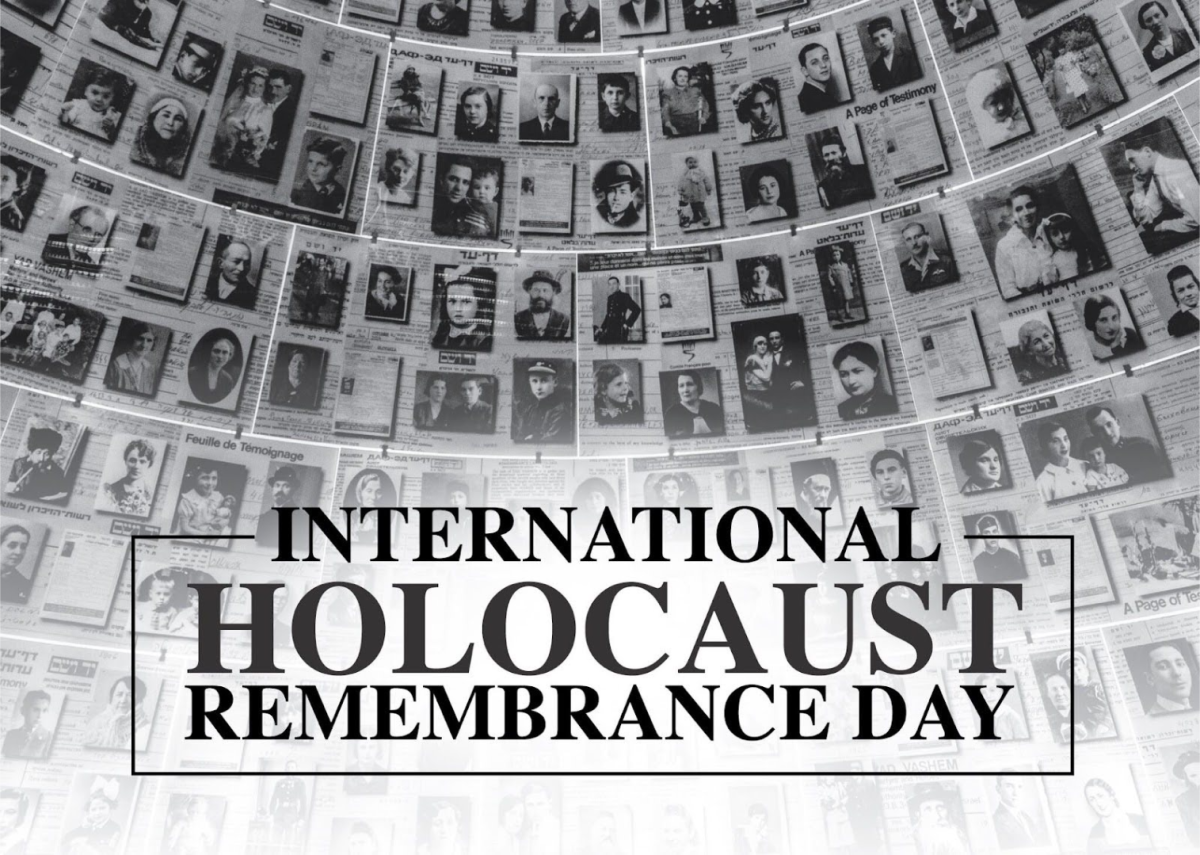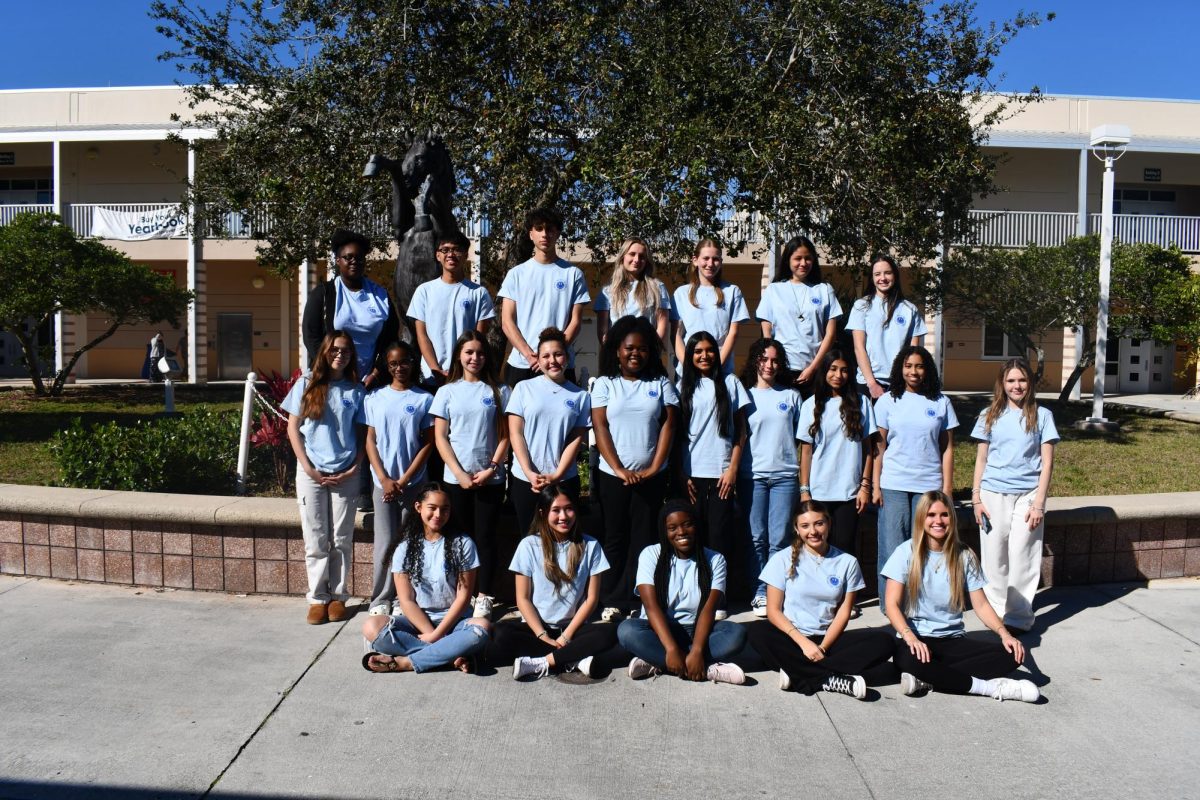Florida theme park reopenings more tragic than magic
October 19, 2020
At least Mickey Mouse keeps his gloves on! When Disney and Universal got the green light to reopen their Florida theme parks over the summer, the parks were pushed to manage the lives of hundreds of furloughed employees, upkeep sufficient health guidelines, and curb a looming fear of disaster– all while keeping the magic alive.
There is no doubt that the tourism industry has become a pillar of Floridian culture and life. During March, the world settled into an uneasy financial halt as Covid-19 officially became a global pandemic. Since then, both the federal and state government have debated on the most effective ways to transition back into a new normal. With the announcement of tourist giants Universal, SeaWorld, and Disney reopening to the public, a chain of anxiousness and excitement was set off for the future of safe tourism endeavors.
Universal and Disney welcomed back visitors over June and July with new “social distancing” guidelines. These included the commonly used measures of staying 6 feet apart, wearing a face mask, and receiving a temperature check at a reduced rate of attendance. Disney began by requiring ticket and seasonal/yearly passholders to make reservations on the day they would like to attend in order to curb the number of people in the park. They also eliminated the option of “park hopping.” Universal has not placed any occupancy restrictions like a reservation system, but they do cap attendance at their parks. Also, while both Universal and Disney promoted their reopenings as being safe, Universal guidelines included a warning that older adults and people with underlying medical issues may be at a higher risk for contracting Covid-19.
“I have not gone since,” said junior Billie Brightman, a seasonal pass holder to SeaWorld. “I don’t think it’s safe no matter how many precautions they take.”
The pandemic has significantly altered the park’s ability to provide the full experience. Parades and fireworks have been suspended since reopening at Disney. Disney also has closed their buffet service restaurants and asks that guests utilize online ordering for the quick service eateries. Universal also asks visitors to go digital using the Universal App to purchase tickets and place mobile food and drink orders. Employees in each park have been tasked with enforcing social distancing measures.
“It was nice,” said junior Catherine Lee, who visited Universal over the summer once it opened again. “There was a lot of social distancing, and I felt like they did a lot of precautions. Everyone I saw had masks on, there were multiple lines for rides, and everyone had to follow the arrows. I didn’t feel unsafe at any moment.”
The risks of contamination in a large scale venture such as amusement parks has also been monitored by medical professionals. Disney is currently using the healthcare provider, AdventHealth to temperature check guests at all their parks and their shopping village, Disney Springs.
Tighter controls on attendance and mask mandates coupled with growing positive rates in the state, however, have left many visitors skeptical, and the attendance numbers are down. According to All Ears, Inc., an online newsletter that tracks both theme parks in Orlando, back in September, when Universal reopened, attendance was down 64 percent compared to Disney, whose attendance was down 80 percent.
Employees at both Universal and Disney, however, have expressed concerns for their safety in the parks, prompting a months-long dispute where employees continuously rallied for access to on-site Covid testing.
“If Disney strictly enforces the safety procedures it has outlined — no exceptions — it will keep the risk very low for visitors and employees,’ ” said Dr. William Schaffner, an expert of infectious disease at Vanderbilt University in an interview with The New York Times.
Even with strict guidelines intact, the parks have still run into issues involving the compliance of visitors. For example, a loophole in Disney allowed for visitors to keep their facemasks off when eating and drinking around the park. This caused backlash as photos arose of people navigating the park maskless. Disney closed the loophole by altering the rules for visitors to remain stationary while eating and drinking. If walking through the parks without wearing a mask correctly, employees will approach those mask offenders and remind them of the policy.
In addition, both Disney World and Universal hit their maximum capacity over Labor Day Weekend. This led to photos being spread across social media platforms where visitors were not obeying the guidelines of staying six feet apart.
The initial talks of reopening even stirred up controversy themselves. During late July, Florida’s Coronavirus cases had reached a high enough level that the state was dubbed the “epicenter” of the global pandemic. Many were worried the reopenings would only exacerbate the matters. According to the CDC, on the day of Universal’s reopening, there were a total 14,676 new cases of COVID-19 in the United States, with 1,317 of those cases being in Florida.
“The best thing they could do is close again,” Brightman added. “Nothing should be open right now as long as there are still thousands of cases a day.”
Even with roadblocks, Disney and Universal are continuing on with reopenings of other factions of their businesses. Disney plans to open one of their two water parks during March 2021. Disney was also in talks to reopen its park in California. As of November 2, however, they are still closed.
These reopenings come from an economic standpoint. With the shutdown lasting months, businesses were forced to fire and furlough employees globally, and industry giants such as Disney were far from immune to that. According to The New York Times, Disney reported a nearly $5 billion loss in its third and most recent quarter. Universal has recently decided to furlough, or reduce the hours, of more than 1,200 workers. Disney has also decided to fully lay off 28,000 employees across all parks.
While reopening may soften the impact of this fiscal year, it is far from saving it. Every park is limited to 20-30 percent reopening. Before COVID, Magic Kingdom alone could carry 57,000 people. At 25 percent capacity, that number is cut down to around 14,000 visitors. Ticket prices are also discounted for Florida residents.
Another factor in this are Florida’s small businesses. Local businesses around Florida often relied on the success of Disney, Universal, and the tourism industry to pave the way for profits. The closure severely impacted these local businesses and left them unable to pay workers. Anaheim, California, the city where Disneyland California is located, is currently grappling with a massive deficit in their local city budget because the theme park has yet to reopen there. The reopenings, however, have eased some of that stress over in Orlando. Some theme park employees feel relieved to go back to work because they get to gain back a stable income.
“I think it’s fair for the people there to go back to work because before they didn’t really have their jobs,” Catherine Lee added. “I feel like you have to get back into the movement of the economy at some point.”
Certainly many factors go into balancing this new normal with realistic procedures. There is no timeline for when amusement parks will get to relax or increase certain guidelines. Employees are being put on indefinite furlough while some are being put back on the workforce. No matter what, there is no doubt that Floridian students who grew up going to these beloved parks hope that better times come soon.
For more information on Disney and Universal:



